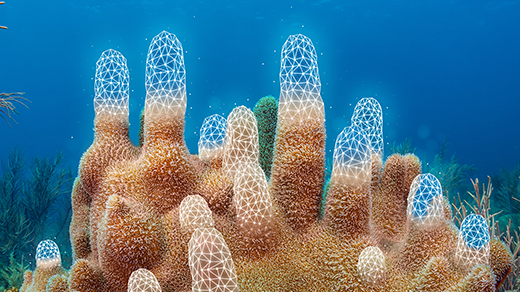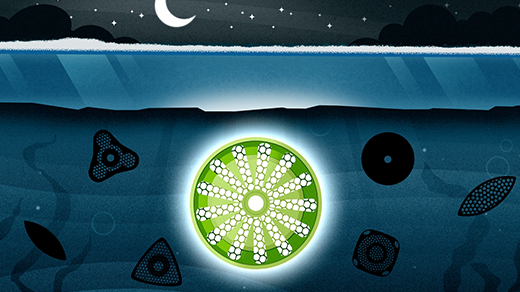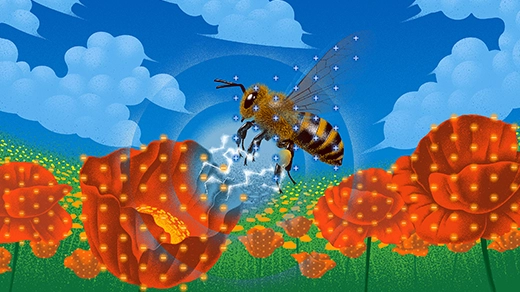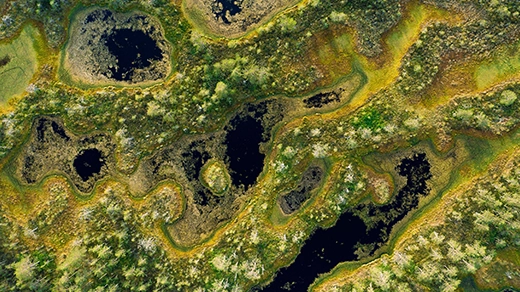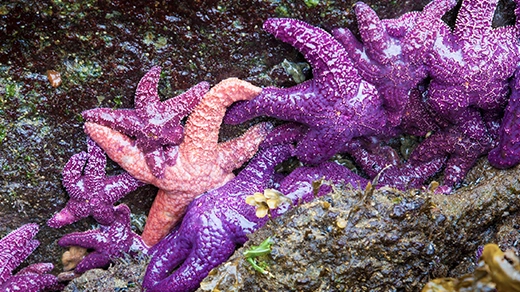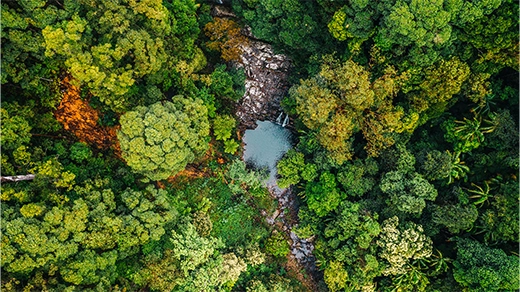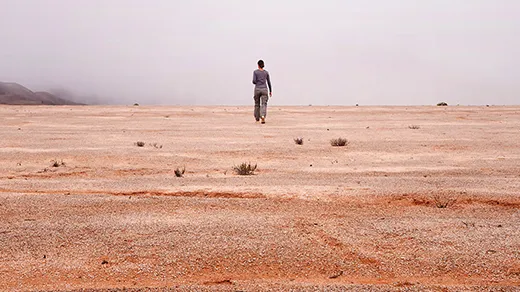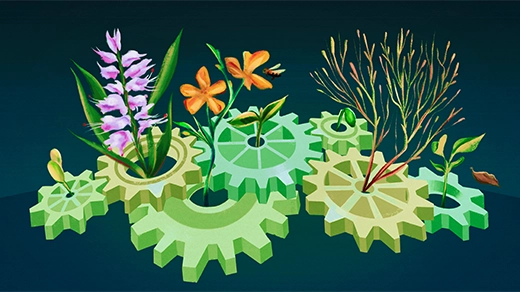What's up in
Ecology
Latest Articles
The ‘Elegant’ Math Model That Could Help Rescue Coral Reefs
Physicists and marine biologists built a quantitative framework that predicts how coral polyps collectively construct a variety of coral shapes.
How Does Life Happen When There’s Barely Any Light?
Under the sea ice during the Arctic’s pitch-black polar night, cells power photosynthesis on the lowest light levels ever observed in nature.
The Hidden World of Electrostatic Ecology
Invisibly to us, insects and other tiny creatures use static electricity to travel, avoid predators, collect pollen and more. New experiments explore how evolution may have influenced this phenomenon.
Simple Equation Predicts the Shapes of Carbon-Capturing Wetlands
To calculate the amount of carbon stored inside peatlands, researchers developed a unified theory of “bog physics” applicable around the world.
Ecologists Struggle to Get a Grip on ‘Keystone Species’
More than 50 years after Bob Paine’s experiment with starfish, hundreds of species have been pronounced “keystones” in their ecosystems. Has the powerful metaphor lost its mathematical meaning?
The Quest for Simple Rules to Build a Microbial Community
Microbiologists are searching for a universal theory of how bacteria form communities based not on their species but on the roles they play.
‘Species Repulsion’ Enables High Biodiversity in Tropical Trees
Because tree seedlings don’t grow as well when close to their parents, more tree species can be packed into tropical forests.
In a Fierce Desert, Microbe ‘Crusts’ Show How Life Tamed the Land
Extreme microorganisms carpeting the Atacama Desert in Chile illuminate how life might have first taken hold on Earth’s surface.
The Key to Species Diversity May Be in Their Similarities
New modeling work suggests why nature is more diverse than niche-based ecological theory predicts.
